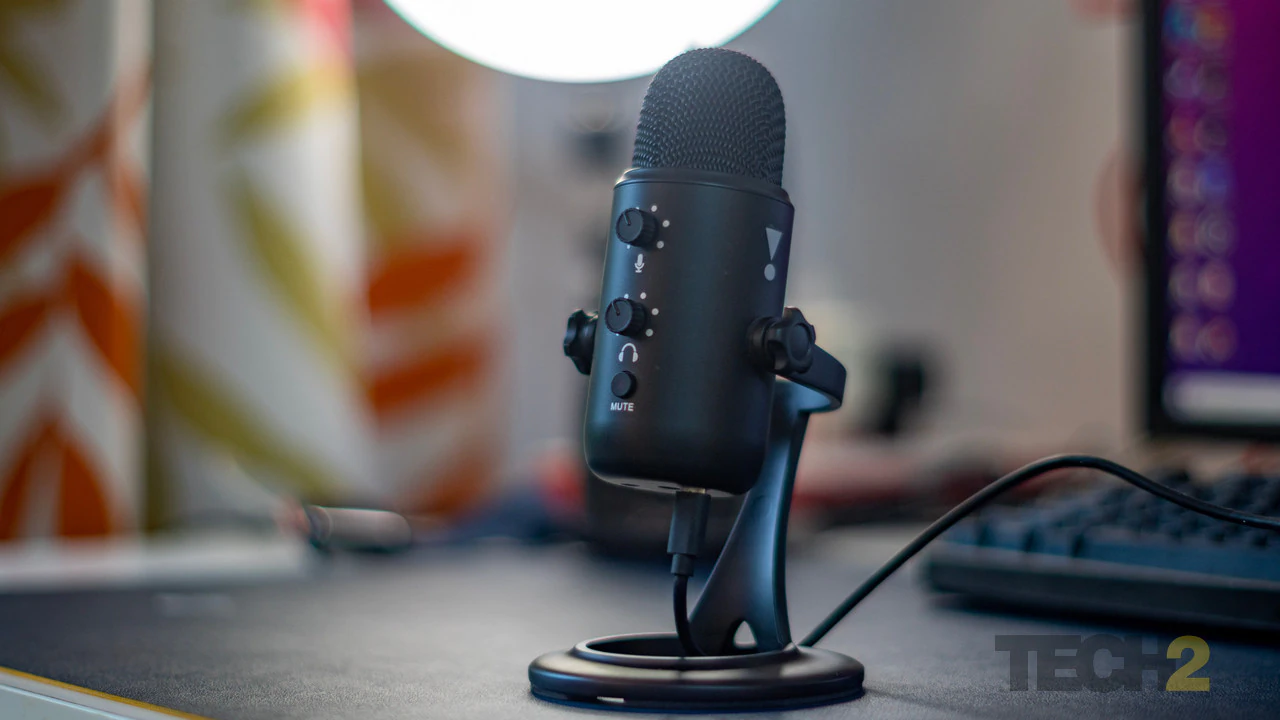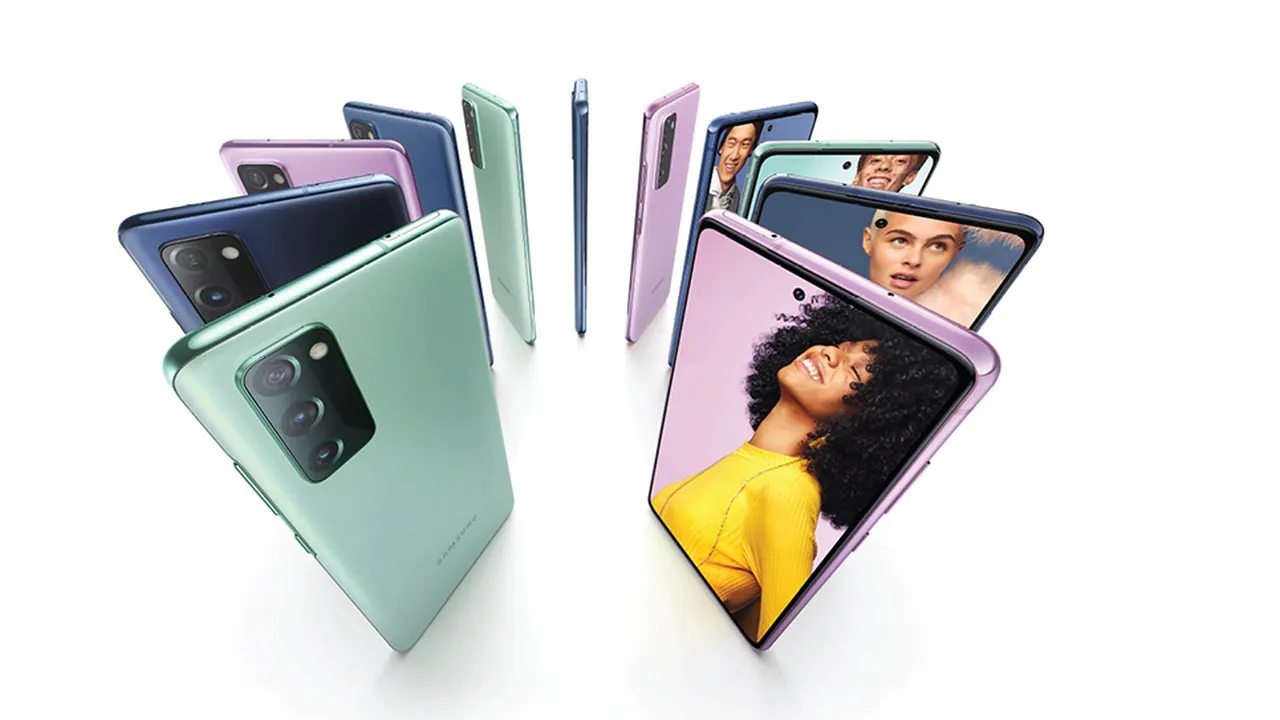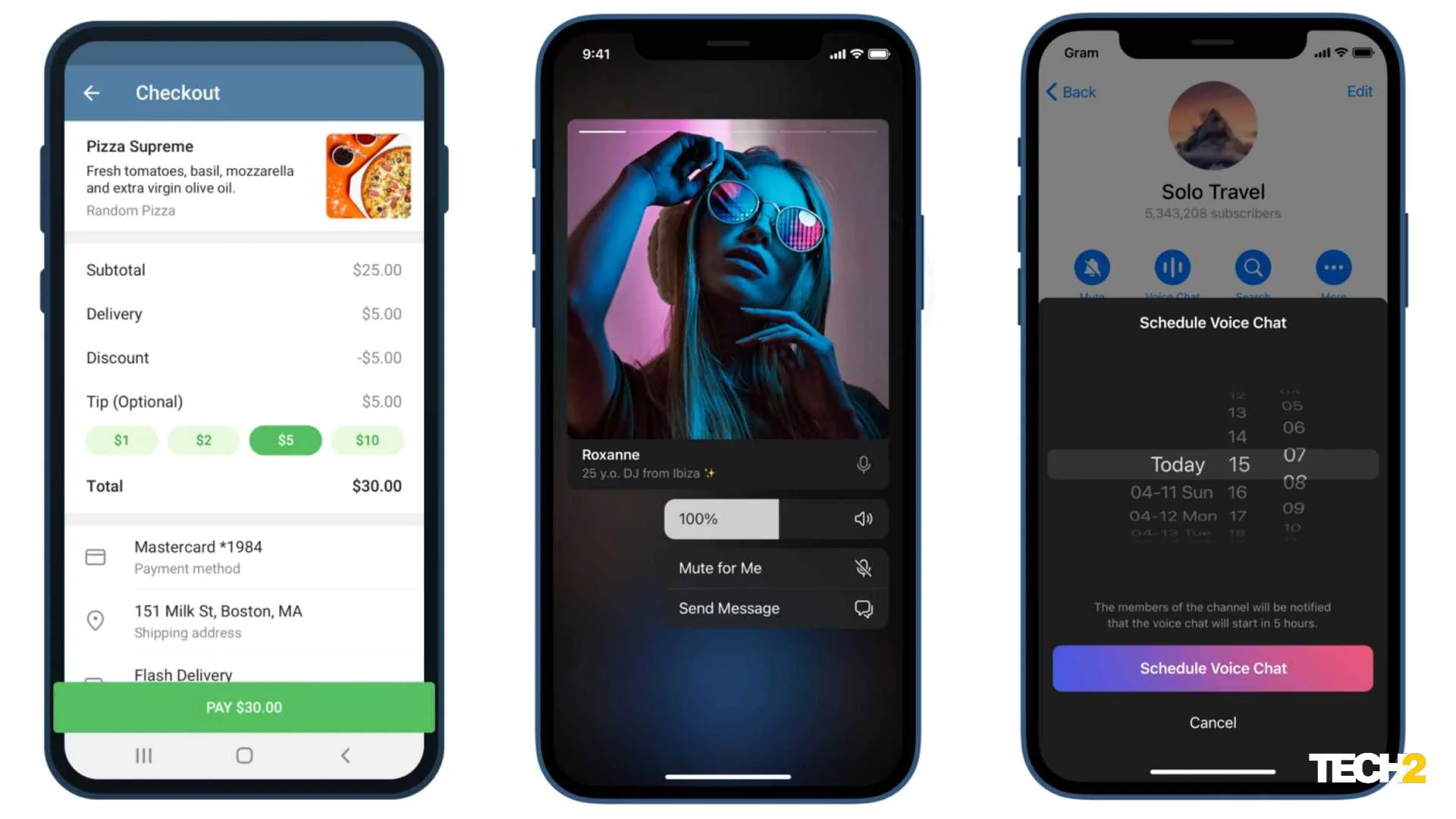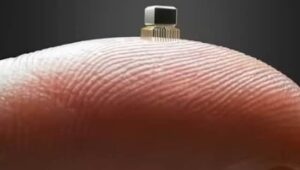Tushar BurmanJul 29, 2021 14:58:05 IST
You’d think someone who literally has to dedicate an entire room to accommodating boxes upon boxes of tech gear (not counting the test cars parked outside) wouldn’t need to go out and buy their own gear. But just as the lockdown eased slightly and Amazon started delivering non-essential gear, I fished out my dusty credit card and bought Rs 25,000 worth of podcasting gear. Everything – a USB interface, a boom arm, an XLR microphone, nice monitoring headphones. The rapid output of content, however, never happened. What did happen was a massive tangle of wires across my dining table/desk, leaving little space for the occasional lockdown-experimental meal. The strangely-named JBL ‘Commercial’ CSUM10 USB microphone, however, does away with the mess.

JBL Commercial CSUM10 desktop USB microphone. Image: Tech2/Tushar Burman
Do you need a dedicated microphone?
Yes and no. While a high-quality microphone can add some extra radio-like crispness to your voice, it’s not entirely a given. A lot depends on your environment and your setup. The same goes for your office Zoom calls. If you’re in an echo-chamber of a room with a dog and screaming kids, your expensive microphone isn’t going to do much.
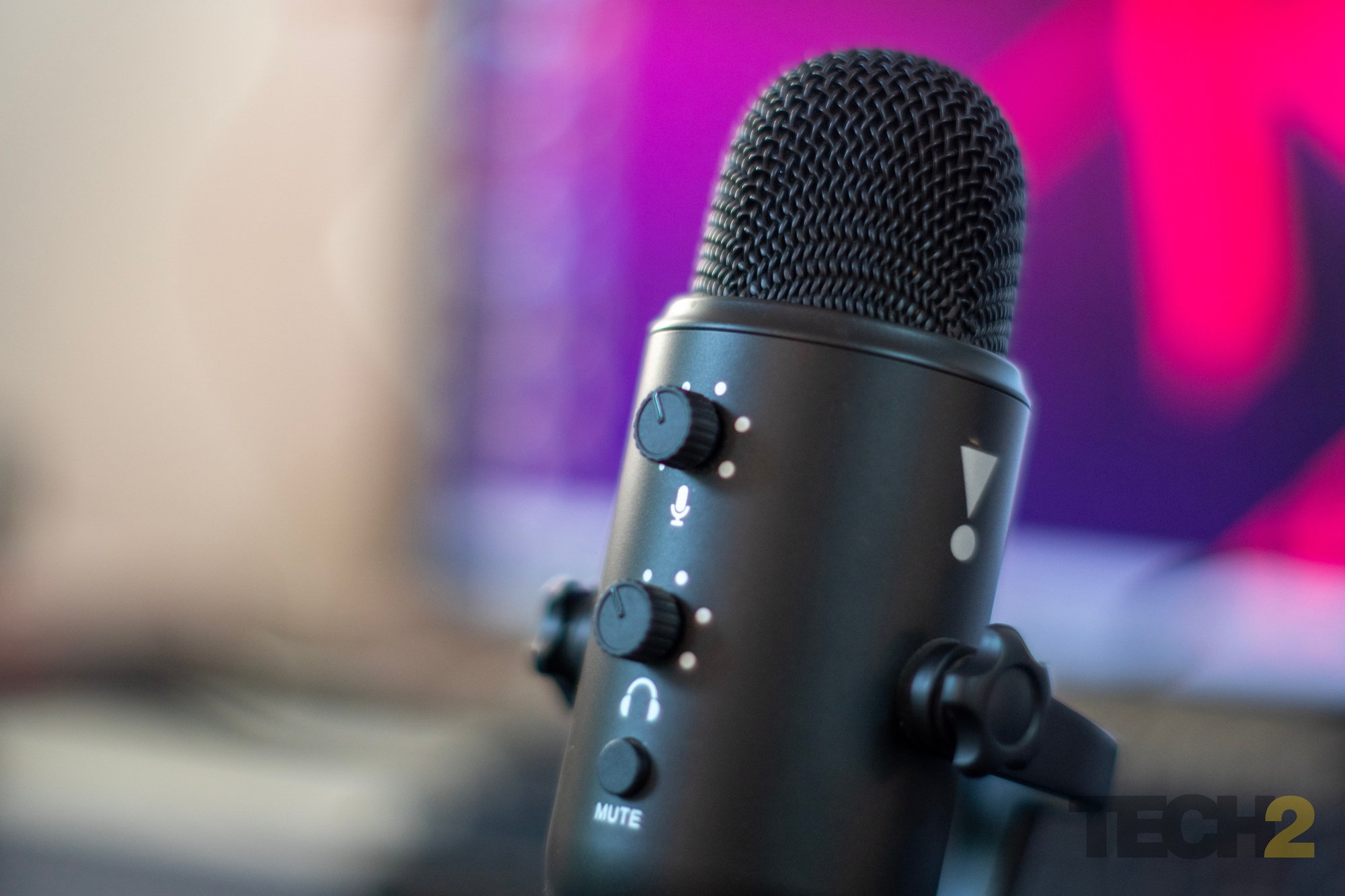
While a high-quality microphone can add some extra radio-like crispness to your voice, it’s not entirely a given. Image: Tech2/Tushar Burman
You can make do with the microphone built into your laptop, webcam or Bluetooth headset if you so choose. But you’ll need to be extra careful, stay close to the microphone and keep things quiet around your house to get decent quality. The JBL takes care of some of these issues.
An all-in-one solution
The JBL CSUM-10 is basically a microphone with a sound card built-in. It has a headphone jack and two knobs to adjust the microphone gain (sensitivity to sound) and headphone volume. The only other port is a UBS-C (yes!) that connects to your computer or other device. Then it’s simply a matter of telling your computer to use the JBL device for input and output, and you’re good to go. This lets you clean up some of the wiring that otherwise goes into multiple devices. If you’re using speakers, you don’t even need to use the headphone output.
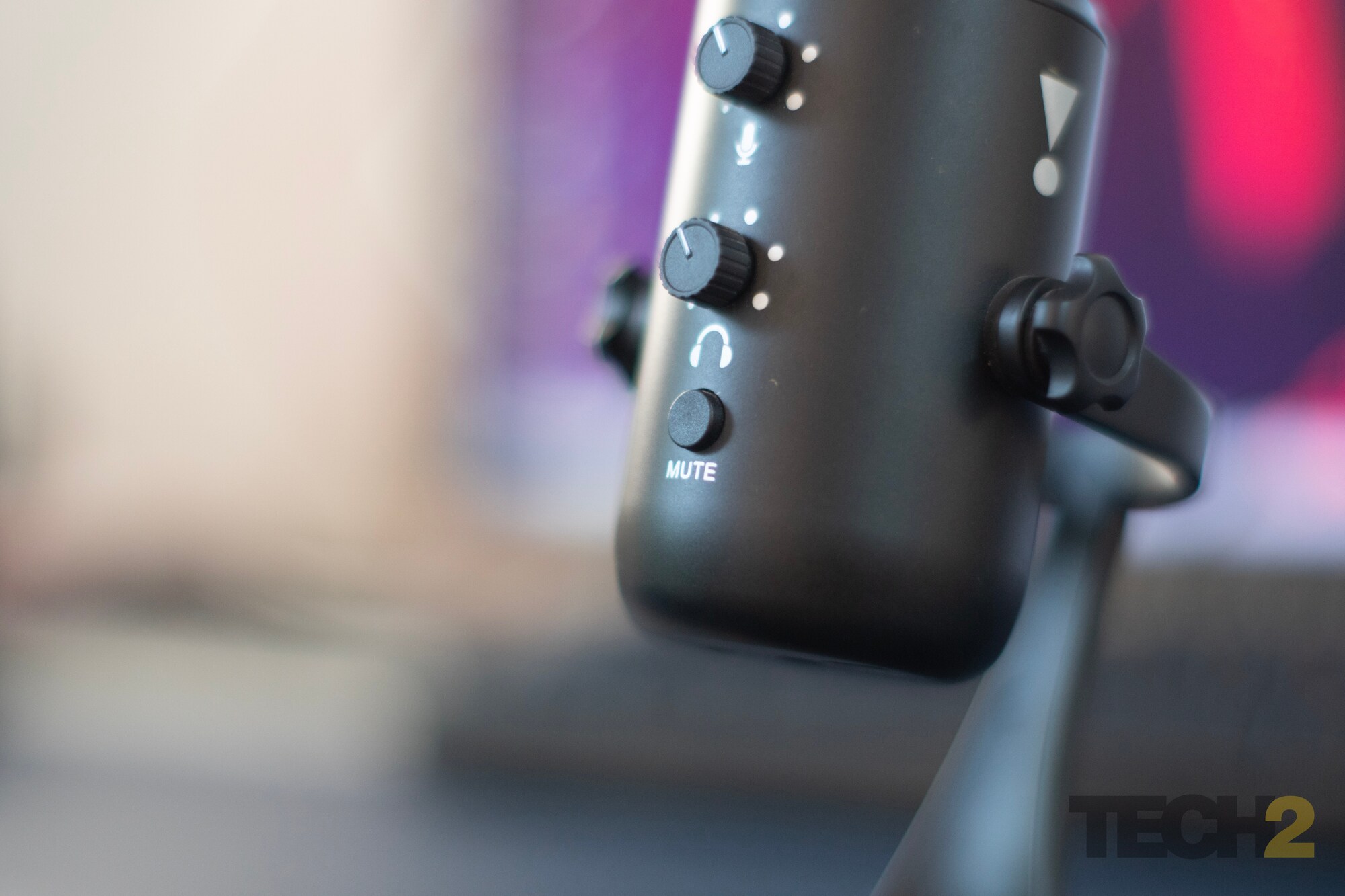
It has a headphone jack and two knobs to adjust the microphone gain (sensitivity to sound) and headphone volume. Image: Tech2/Tushar Burman
A bonus to using a USB microphone is that they usually work with smartphones and tablets as well. The JBL was picked up immediately by my iPhone as well as Android devices, and I was able to use it with apps such as Instagram and Clubhouse. The caveat is that many of these apps aren’t designed for external microphones, so they switch to the phone’s internal microphone the moment there’s another party involved in the conversation – like a live guest or other speakers in a Clubhouse room. But that’s a software limitation. The JBL mic is blameless here.
Physically fit
The CSUM10 looks vaguely like the crowd-favourite Blue Yeti microphone, but is a lot smaller. It’s just under 7.5 inches with a 3.75-inch diameter footprint on your desk. There’s a slot for the cable to exit from behind the microphone, keeping things nice and tidy. This tiny package effectively replaced a massive lump of tech from my desk. Nothing is worth all those extra wires.
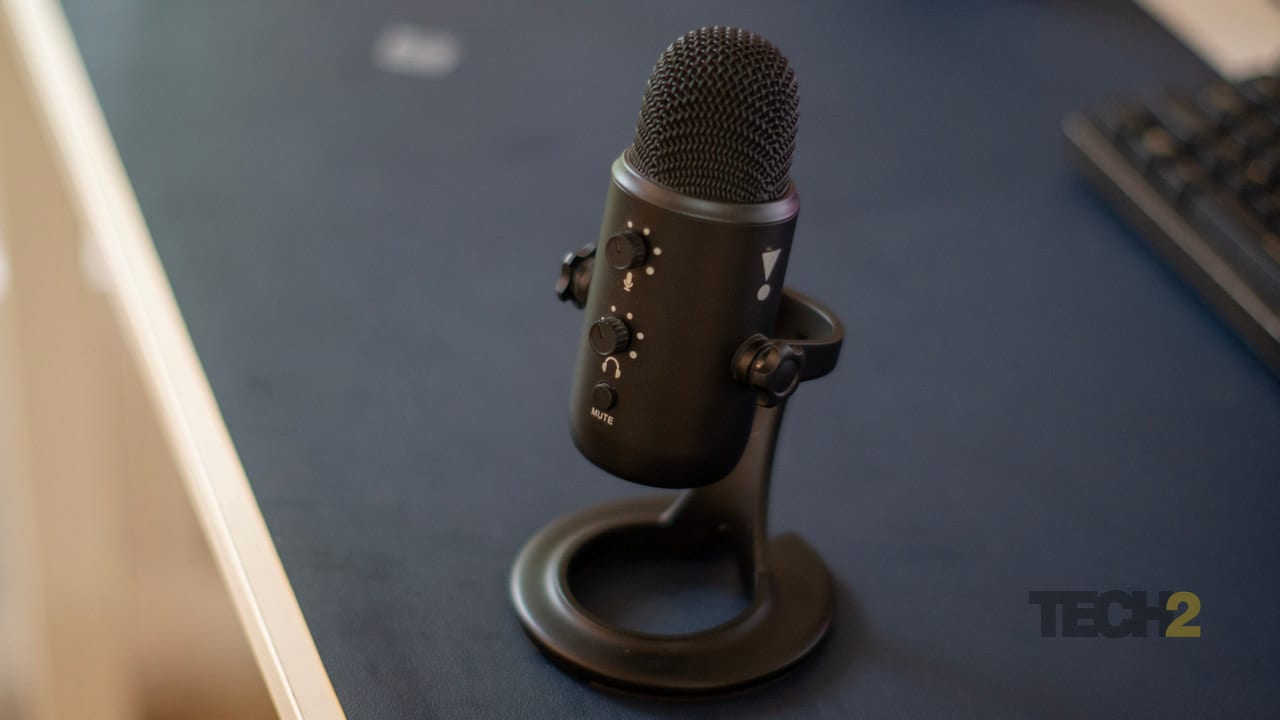
The CSUM10 looks vaguely like the crowd-favourite Blue Yeti microphone, but is a lot smaller. Image: Tech2/Tushar Burman
The mic is also short enough to not be in the frame if you’re using a tight shot for your content. This may be a downside, if you want a certain “look” when you’re on calls or your podcast. The unit is all-metal, and sufficiently heavy to not be easy to slap away or tip over. It’s solid and feels like quality. About the only plastic on it is in the form of the knobs, buttons and pivots for the stand.
Just the right, practical features
I’ve used a plain-Jane USB microphone before, and I missed a manual gain control to adjust how loud my voice is. Fiddling with controls on my Windows PC across app and OS settings is no fun. A simple knob does the trick, and the CSUM-10 has this. Keep in mind that this is a condenser microphone, which tends to be extremely sensitive. If the mic is a few inches away from your face, you’re unlikely to need to amp up the gain. The microphone can be mounted on a stand, but it ships with a simple desktop pedestal. Adjustment is limited to tilt in one direction. I’ve used it like this, and find it perfectly satisfactory for desktop use. Headphone output is clean and loud, and my AKG K361 monitoring headphones seem to benefit from the little extra amplification they’re receiving from the mic.
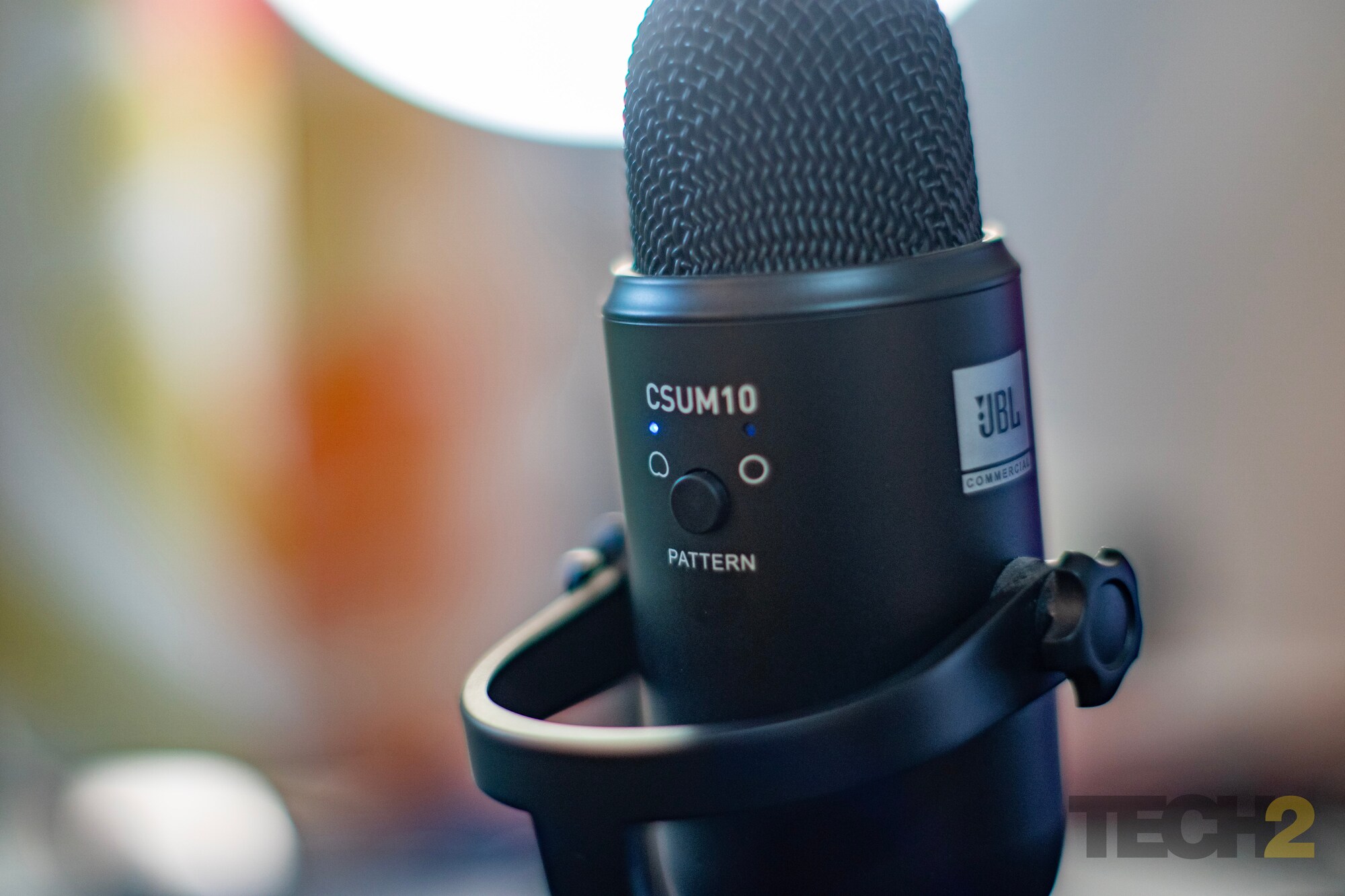
If the mic is a few inches away from your face, you’re unlikely to need to amp up the gain. Image: Tech2/Tushar Burman
There’s also a dedicated mute button below the two knobs with an LED that turns red (from white) when the audio is muted. This is super useful, and also easy to forget (as I’ve often done). Make sure you look at the LED to ensure that you are transmitting (or not). The mute button is a dedicated hardware cut-off, and doesn’t put you on mute in Zoom or MS Teams like some of the more advanced headsets would. Your sound just goes dead.
Perhaps one of my favourite – and as yet unused – features is an extra button at the rear of the microphone body that switches the microphone from cardioid to omnidirectional pickup mode. Cardioid pickup is when the microphone picks up sound mostly from the front of the unit, and very little (if any) from the rear. This is how I use it most of the time when placed in front of me, and it works very well drowning out any keyboard clacking or mouse movement sounds from behind the microphone. Omnidirectional mode is useful if you’re conducting a table-top interview with someone, or perhaps podcasting with a guest, as sound will be picked up from all directions. Keep in mind that this is a condenser microphone, so it will pick up a lot of ambient noise as well.
Performance
The CSUM10 performs admirably in most situations. It’s easy to put to one side of your keyboard, pointed in your general direction, and have a perfectly clear conference call on whatever app you choose. Need more distance? Just add gain. However, with great power comes great responsibility, so you’ll need to turn your fan off if you don’t want the swishing of wind in your audio. Distance and gain will need experimentation in your specific circumstances. If you really want that radio voice, you’ll need to look at a dynamic microphone stuck right up to your lips, and perhaps a little processing.
During one test podcast recording, I set the gain just under the second index on the knob, and was perfectly audible, but didn’t have that extra-crispy sound I like. I’ll probably add some more gain and see how that works. The cardioid pickup pattern was wide enough in front of the microphone for it to not be finicky about where it’s placed. Dead North is ideal, but off to one side didn’t bother it too much.
An excellent, flexible starting point for audio recording
I’ve experimented with a bunch of sound recording options, from the dead-simple to the unnecessarily complicated. I’ve found the JBL CSUM10 to be an ideal solution for most people working and creating from home. It is modest in its space requirements, has an ideal set of features to make it usable on the desktop, or even in a hotel room on the go, hooked up to a smartphone. Combined with Nvidia’s Broadcast app that leverages its powerful RTX GPUs’ AI capabilities to eliminate noise and echo, the JBL CSUM10 makes me sound like I’m in a dead-silent studio, in most cases. But that setup costs significantly more than the Rs 5,299 the microphone currently costs on Amazon. I’d recommend this microphone to anyone starting off with podcasting, or wanting to add a decent, practical device for daily Zoom calls to the home office.

